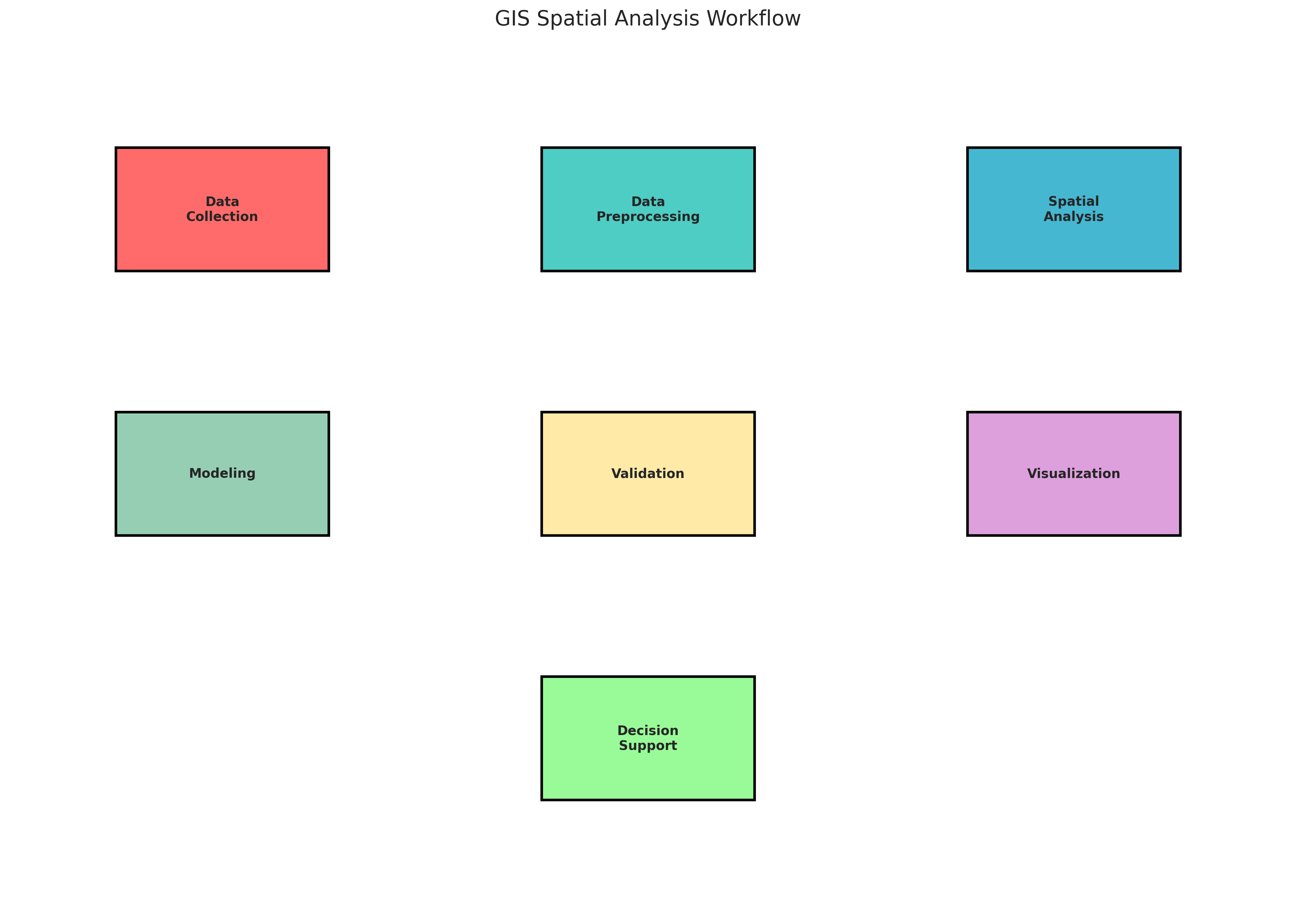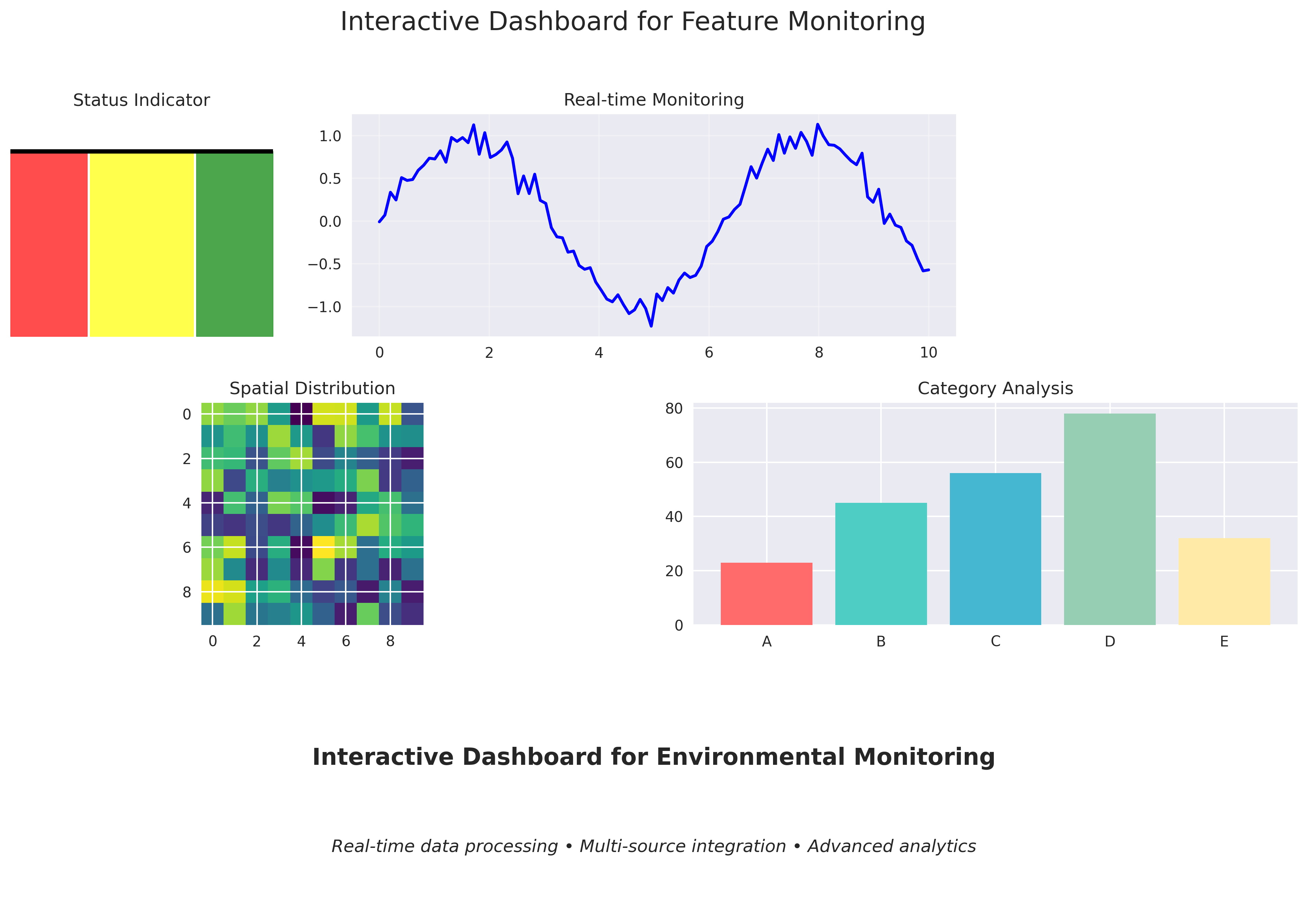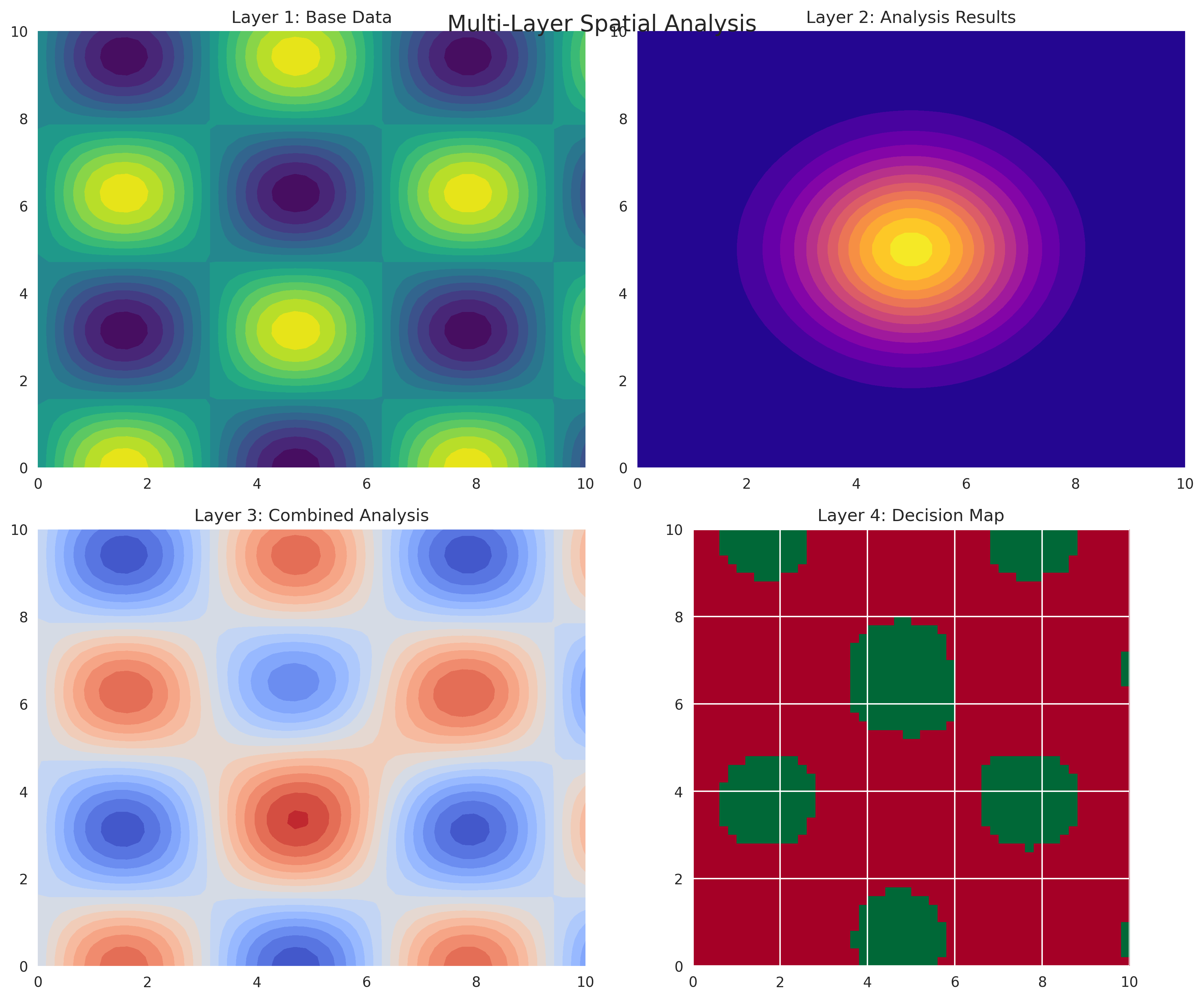Advanced GIS Techniques for water resources Analysis

Geographic Information Systems continue to evolve as the cornerstone of spatial analysis, providing essential tools for understanding water resources patterns and relationships across diverse geographic contexts.
Spatial Analysis Fundamentals
GIS technology enables sophisticated spatial operations including overlay analysis, buffer zones, network analysis, and spatial interpolation. These tools reveal hidden patterns in water resources data that traditional analysis methods cannot detect.

Modern geoprocessing tools automate complex analytical procedures, enabling researchers to focus on interpretation rather than manual data manipulation.
Advanced Visualization Techniques
Contemporary GIS platforms support interactive dashboards, 3D visualization, and web-based mapping that make complex spatial data accessible to diverse audiences.

Story maps and web applications communicate spatial insights effectively to stakeholders, policymakers, and the general public.
Data Integration Capabilities
Modern GIS excels at integrating diverse data sources including:
- Vector datasets for precise boundary definition
- Raster imagery for continuous surface analysis
- Point clouds from LiDAR and photogrammetry
- Temporal data for change detection analysis

This multi-source integration enables comprehensive analysis that captures the full complexity of geographic phenomena.
Practical Implementation
Organizations worldwide implement GIS for water resources analysis in applications ranging from urban planning to environmental conservation.

Open-source platforms like QGIS and proprietary solutions like ArcGIS Pro provide professional-grade capabilities for spatial analysis, making GIS technology accessible across different budget levels and technical requirements.
The continued evolution of cloud-based GIS and mobile data collection ensures that spatial analysis capabilities remain at the forefront of technological advancement.
📧 Contact & Collaboration
Have questions about this analysis or interested in collaborating on geospatial projects? We’d love to hear from you!
Get in touch with our research team: - Email: mapcrafty@gmail.com - Subject line: “Inquiry about Advanced GIS Techniques for water resources Analysis”
Whether you’re working on similar research, need technical consultation, or want to discuss potential collaborations in geospatial analysis, don’t hesitate to reach out. Our team is always excited to connect with fellow researchers and practitioners in the GIS and remote sensing community.
We typically respond within 24-48 hours and welcome discussions about methodology, data sources, and potential research partnerships.